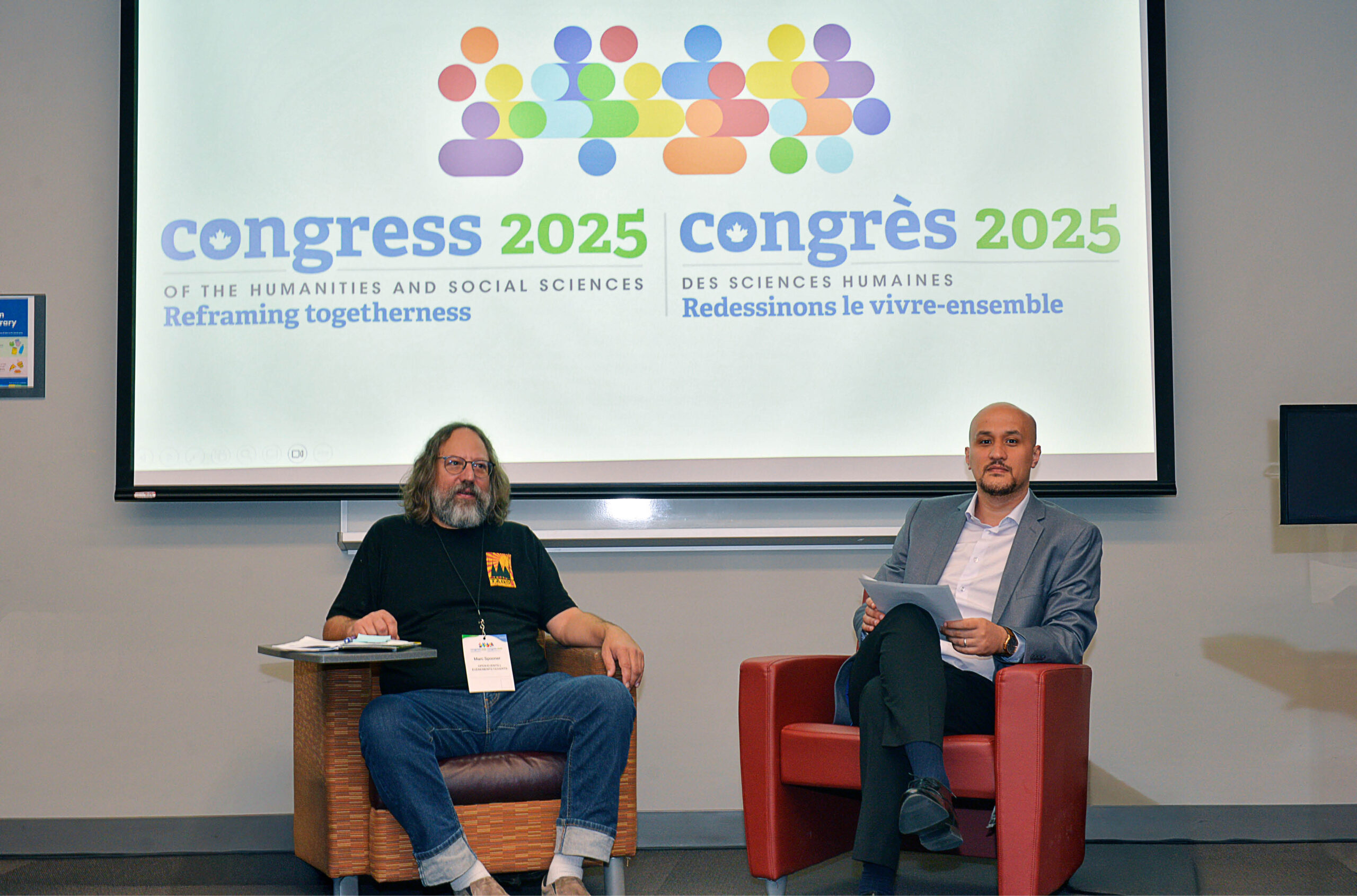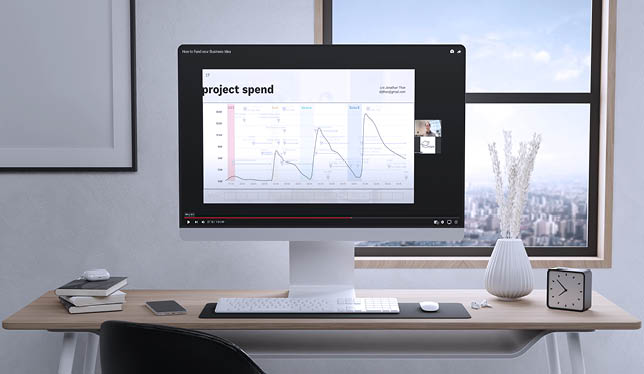Incentive structures are needed to ensure scientific progress
We must identify and resolve the gaps in our current scientific training, and revisit and refine the incentive structures we’ve created around our scientists.

The following is the last installment in a five-part series on the reduction of science to practice that will comprise the foundation our first book on the core issues facing academic science today.
Previous articles in the series can be found here:
- Part 1 – What science should look like in practice
- Part 2 – The biggest driver of scientific advances: people
- Part 3 – The importance of educating scientists
- Part 4 – The financial cost of doing science
Scientific discoveries don’t just cost money – they help generate it – and in circumstances like the present COVID-19 pandemic, they will also be instrumental in helping preserve it. Commercial markets and businesses have created tremendous wealth for individuals and companies based on scientific discoveries. As a result, businesses have increasingly elected to finance basic research, sometimes creating internal research and development programs to ensure control and ownership of the resulting discoveries. Intellectual property evolved as a legal practice to protect and govern ownership of scientific discoveries, and eventually as a product itself that could be licensed or sold. Commercial investment in basic research has created incentive structures for scientists, shaping the research questions they’ve asked. This modern industrialization of science has taught us three important things:
- Investments in science generate positive economic returns
- The magnitude of societal support affects the pace of scientific discovery
- The caliber of scientific training is proportional to the quality of the data generated
Today science is embedded in everything we do. To address some of the biggest challenges currently facing scientific practice, we need to reflect on how the varied interests of different parties shape the form of questions being asked, and how the incentive structures direct how those questions are being answered. There is no such thing as “pure” science – this entanglement of science with education, politics, and business has always existed because scientific practice relies on mentorship, social acceptance, and financial support.
Science is a tool that we point in the direction of the progress we wish to make and apply at the pace we wish to make it. Yet somehow, in the industrialization of science, we’ve lost sight of the fact that science is done by people; and it’s those people, and the environments we create around them, that affect the quality of the science they produce. The scientists among us are ever interested in better understanding the natural world, and it’s through that understanding that we hope to improve it. But as a society, how we steer our scientific talent is just as relevant an issue as where we steer it and must extend beyond basic conversations of funding rates.
To do so, we must identify and resolve the gaps in our current scientific training, and revisit and refine the incentive structures we’ve created around our scientists to better direct and support the focus, quality, and pace of their discoveries. As we begin tackling questions of how to accelerate our recovery, continue to protect ourselves amidst the slow and careful process of returning to work, and defend against the next pandemic, let’s remember that our scientists are central to these solutions — as they have always been.
Featured Jobs
- Education - Assistant Professor (Distance Education)University of Toronto
- Business – Lecturer or Assistant Professor, 2-year term (Strategic Management) McMaster University
- Canada Excellence Research Chair in Energy TransitionsUniversité du Québec à Trois-Rivières (UQTR)
- Canada Excellence Research Chair in Forest Biodiversity Conservation (Full Professor)University of New Brunswick
- Canadian Politics - Assistant ProfessorUniversity of Toronto














Post a comment
University Affairs moderates all comments according to the following guidelines. If approved, comments generally appear within one business day. We may republish particularly insightful remarks in our print edition or elsewhere.